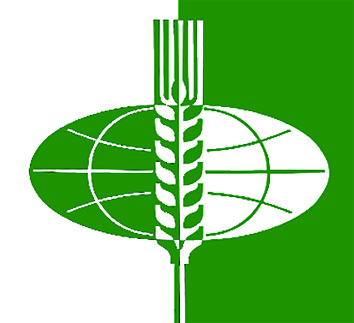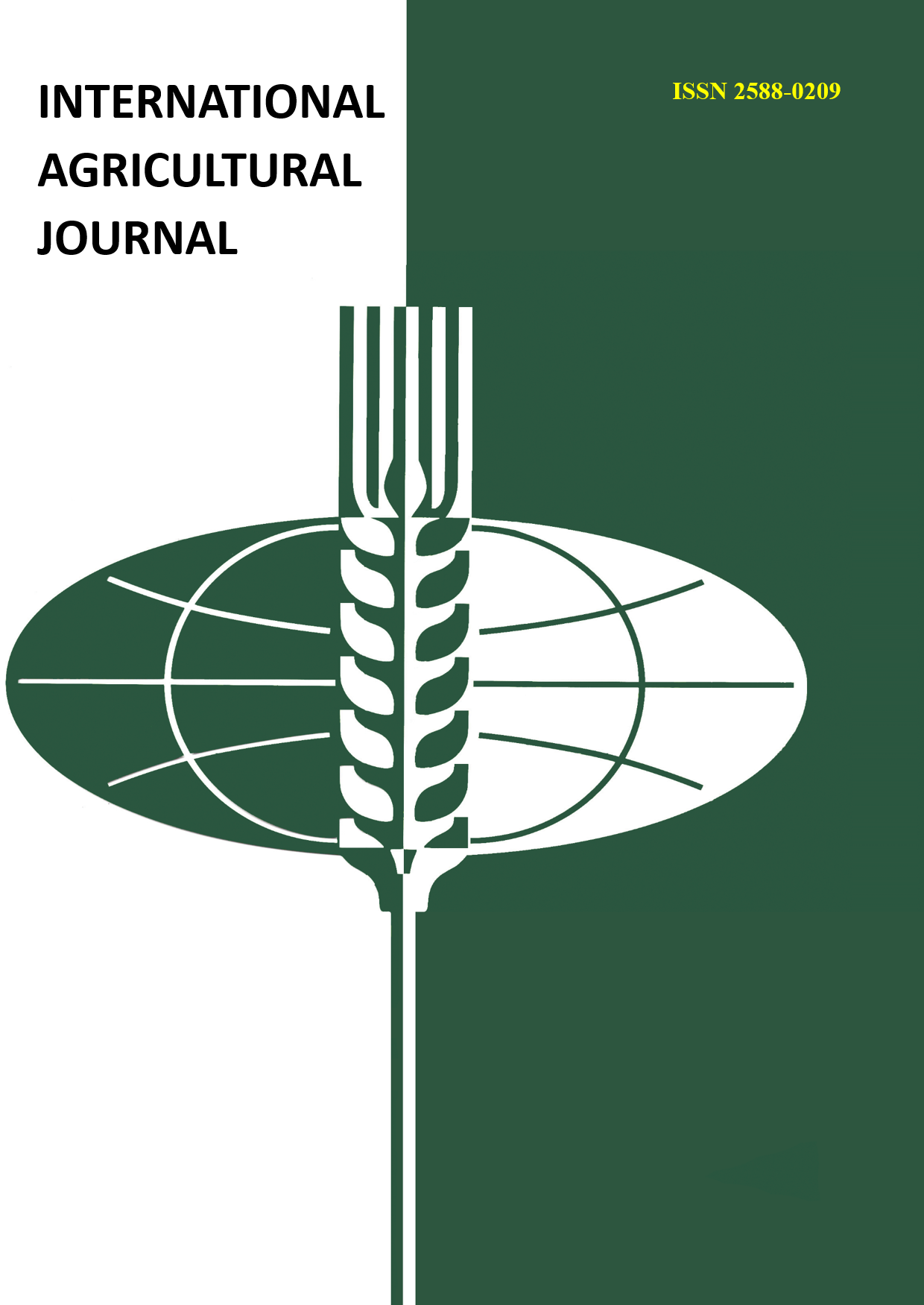The study was carried out in order to identify current problems related to changes in the state of agricultural land in the Tyumen Oblast. The purpose of the study is to develop optimal regional land use schemes on the basis of monitoring of agricultural land. The object of the study is the territory of the Tyumen Oblast. The subject of the study is the methodology of optimal regional land use schemes based on the monitoring of agricultural land. According to the data of the Department of the Federal Service for State Registration, Cadastre and Cartography in the Tyumen region, the area of agricultural land as of 01.01.2022 was 3712.4 thousand hectares (23.2% of the land fund of the region). Arable land accounted for 1565.8 thousand ha (42.2% of the agricultural land area). According to the data of the AIC Department, the total sown area of the Tyumen Oblast in 2021 was 1,029.28 thousand ha. The largest sown area was observed in Ishimsky (107.16 thousand ha), Uporovsky (85.94 thousand ha), Golyshmanovsky (85.54 thousand ha), Zavodoukovsky (81.95 thousand ha), Isetsky (79.43 thousand ha) and Kazansky (79.27 thousand ha). Recently, there has been a reduction in the area of arable land in the Tyumen Oblast. The results of monitoring of radioactive contamination of the natural environment obtained by FGBU "Ob-Irtyshskoe UGMS" indicate a favourable radiation situation in 2022. Radiation monitoring of agricultural soils conducted by the Federal State Budgetary Institution State Agrochemical Service Centre "Tyumensky" and the Federal State Budgetary Institution State Agrochemical Service Station "Ishimskaya" on control plots in 16 municipalities showed that the content of long-lived radionuclides (strontium-90, cesium-137) and isotopes (thorium-232, potassium-40, radium-226) in general decreased compared to the level of 2021. Sampling and radiochemical analyses for cesium-137 and natural radionuclides (radium-226, thorium-232, potassium-40) were conducted. The content of anthropogenic radionuclides in the analysed plant products does not exceed permissible levels and ranges from 2.67 - 6.07 Bq/kg for caesium-137. Control of agricultural land condition, including the content of heavy metals in the arable horizon on 24 plots was carried out by Federal State budgetary institutions State Agrochemical Service Stations "Tyumenskaya" and "Ishimskaya". Thus, it is important to note that the content of indicators did not exceed MAC, which indicates the suitability of soils for growing crops. According to these organisations, no deterioration of the environmental situation was detected at the local monitoring sites. Soils are suitable for cultivation of any crops without limitation.
monitoring zemel', zemli sel'skohozyaystvennogo naznacheniya, gumus, plodorodie














